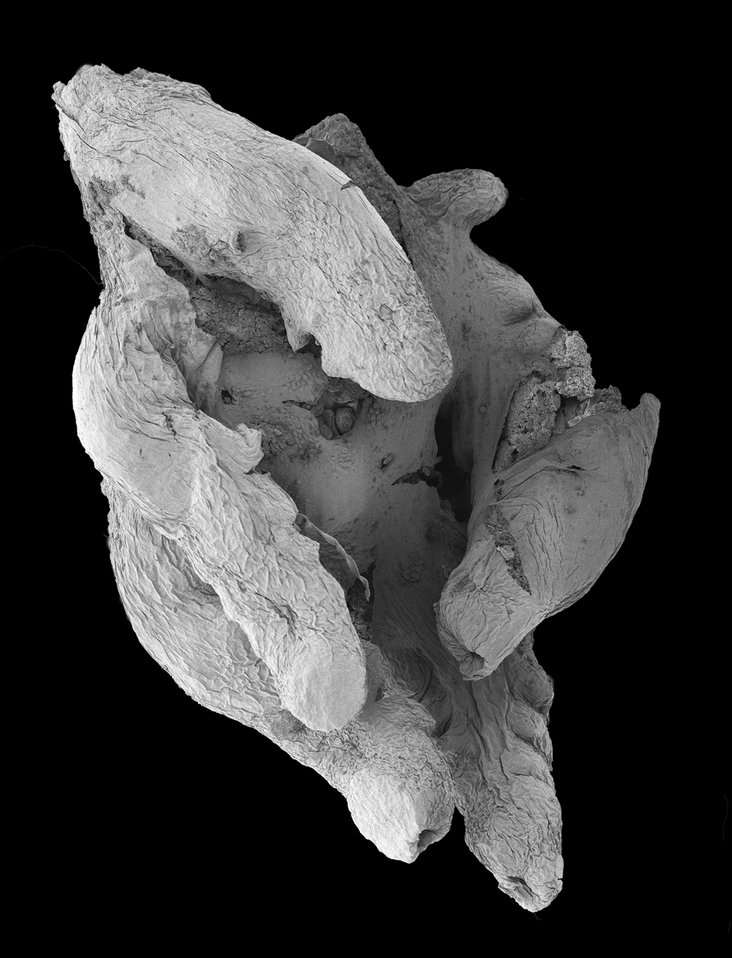séminaire mercredi 11 janvier
 How can historical demographics of brittle stars aid conservation management?
How can historical demographics of brittle stars aid conservation management?
Chester Sands, British Antarctic Survey (BAS, Cambridge, United Kingdom)
Mercredi 11 janvier 2023 à 11 heures, amphithéâtre 303
Conservation management relies heavily on species distributions and abundance. Models of species distributions are based on morphological identifications that are limited by accuracy of the identifier and the quality of the original species description. I suggest an alternative model on which to make conservation management decisions, based on shared demographic histories. This model negates the requirement of formal species definitions necessary for UICN Red Listing usually relied on by conservation managers.
- extrait:
- lien_externe:
- titre:
- intervenant:
- date:
- kc_data:
- a:8:{i:0;s:0:"";s:4:"mode";s:0:"";s:3:"css";s:0:"";s:9:"max_width";s:0:"";s:7:"classes";s:0:"";s:9:"thumbnail";s:0:"";s:9:"collapsed";s:0:"";s:9:"optimized";s:0:"";}
- kc_raw_content:
 How can historical demographics of brittle stars aid conservation management?
How can historical demographics of brittle stars aid conservation management?Chester Sands, British Antarctic Survey (BAS, Cambridge, United Kingdom)
Mercredi 11 janvier 2023 à 11 heures, amphithéâtre 303
Conservation management relies heavily on species distributions and abundance. Models of species distributions are based on morphological identifications that are limited by accuracy of the identifier and the quality of the original species description. I suggest an alternative model on which to make conservation management decisions, based on shared demographic histories. This model negates the requirement of formal species definitions necessary for UICN Red Listing usually relied on by conservation managers.
